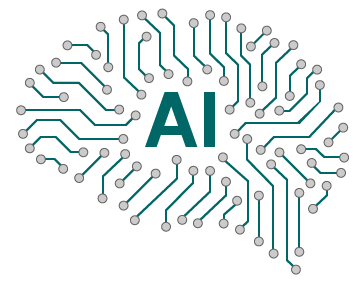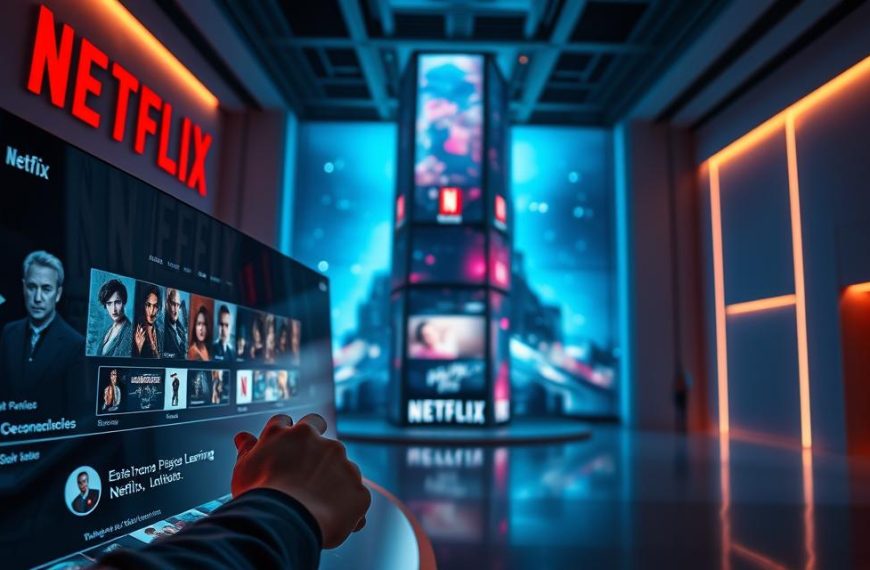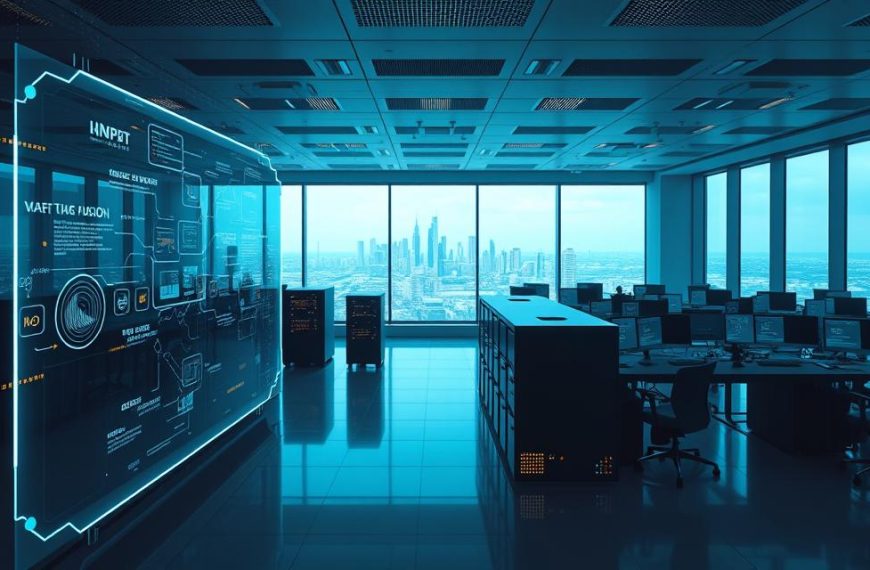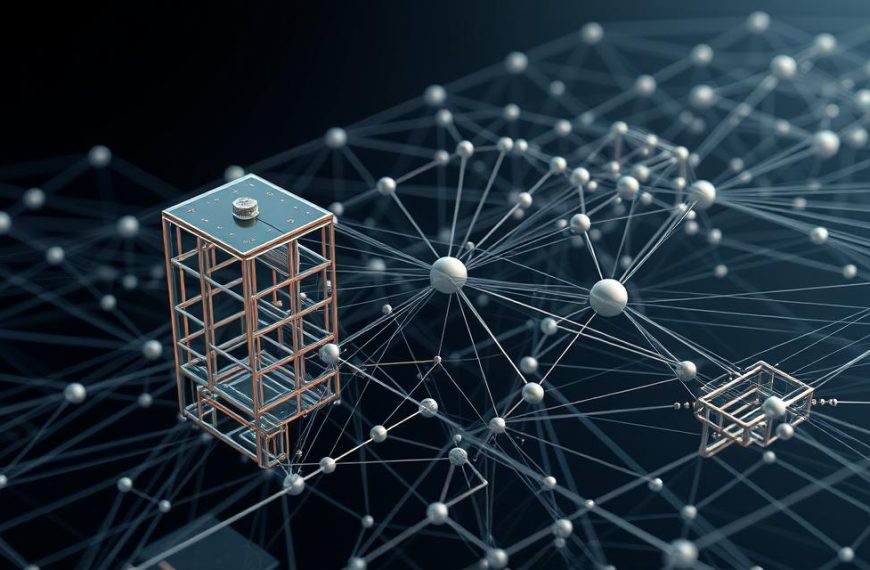Image recognition is transforming industries. From detecting tumors in healthcare to analyzing CCTV footage for security, machine learning models unlock powerful insights. The market for this technology is growing rapidly, with a projected 19.5% annual growth rate.
Effective training data requires careful preparation. Experts recommend at least 200 labeled images per class for reliable results. For instance, TensorFlow’s flower classification tutorial uses 3,700 images across five categories.
The real challenge lies in converting raw pixels into meaningful patterns. Convolutional Neural Networks (CNNs) excel at this task, identifying features that drive accurate predictions.
Understanding Image-Based Machine Learning
Modern AI relies heavily on visual data processing for real-world solutions. Unlike structured datasets, image data requires specialized techniques to decode patterns. This shift has fueled advancements in computer vision, enabling systems to interpret X-rays, satellite imagery, and more.
The Role of Computer Vision in Modern AI
From diagnosing tumors to streamlining airport security, computer vision reduces human error. Medical imaging models achieve 64.03% validation accuracy in just three epochs with proper augmentation. Security systems using these techniques cut false positives by 40%.
Key Differences in Data Processing
Neural networks transform pixels into actionable insights through convolutional layers. Self-driving cars, for example, process 180×180 RGB frames in batches of 32. Pooling layers then shrink spatial dimensions by 75%, optimizing computational efficiency.
| Factor | Image Data | Tabular Data |
|---|---|---|
| Input Structure | 3D arrays (height×width×channels) | 2D tables (rows×columns) |
| Feature Extraction | Automatic via CNNs | Manual engineering |
| Dataset Size | 3,670+ images per class | Limited by column count |
These distinctions highlight why traditional algorithms struggle with visual inputs. The process demands both scalable infrastructure and domain-specific tuning.
Essential Components for Image Model Training
Behind every accurate prediction lies meticulously prepared datasets and optimized computing power. Without these, even advanced algorithms struggle to deliver consistent results. Let’s break down the core elements that ensure success.

Image Datasets and Labeling Requirements
Quality begins with annotated data. Platforms like Kili accelerate labeling by 10x, handling files under 6MB. For reliable outputs:
- Use 30+ images per tag, with 256px minimum resolution
- Stick to PNG/JPG formats for compatibility
- Address imbalance across classes using SMOTE augmentation
YOLOv8’s 98% mAP on COCO proves proper labels directly impact performance. Precision matters—a single mislabeled sample can skew results.
Computing Resources and Framework Options
Hardware choices depend on batch sizes. GPUs handle batches >32 efficiently, while TPUs excel in large-scale deployments. For code, consider:
“TensorFlow dominates 75% of production workflows, but PyTorch’s flexible framework appeals to researchers.”
Open-source tools simplify prototyping, but always validate against your dataset size and complexity.
How to Train a Machine Learning Model with Images: Step-by-Step Process
Developing robust visual recognition systems demands a structured approach. Each step—from curating images to tuning hyperparameters—impacts the model‘s accuracy. Follow this blueprint to streamline your workflow.
Preparing Your Image Dataset
Start with clean, labeled data. TensorFlow’s tutorials recommend an 80/20 split for training and validation sets. Standardize resolutions (e.g., 180x180px) and formats (PNG/JPG) to avoid compatibility issues.
For balanced classes, apply augmentation like random flips or rotations. Consistency in labeling prevents bias—even one mislabeled sample skews results.
Configuring Model Architecture
Convolutional Neural Networks (CNNs) excel with visual data. A typical setup includes:
- Three Conv2D layers with ReLU activation
- MaxPooling blocks to reduce spatial dimensions
- A final dense layer (128 units) for classification
This structure extracts hierarchical features, from edges to complex patterns.
Setting Training Parameters
Optimize performance with these settings:
“Adam optimizer (0.001 learning rate) balances speed and stability for most projects.”
Batch sizes of 32 work well for 8GB GPUs. Limit epochs to 10-15 to prevent overfitting. Monitor loss curves to adjust parameters dynamically.
Building Your Image Processing Pipeline
Efficient image processing pipelines form the backbone of successful AI implementations. These systems transform raw pixel data into structured input for neural networks, balancing speed and accuracy.
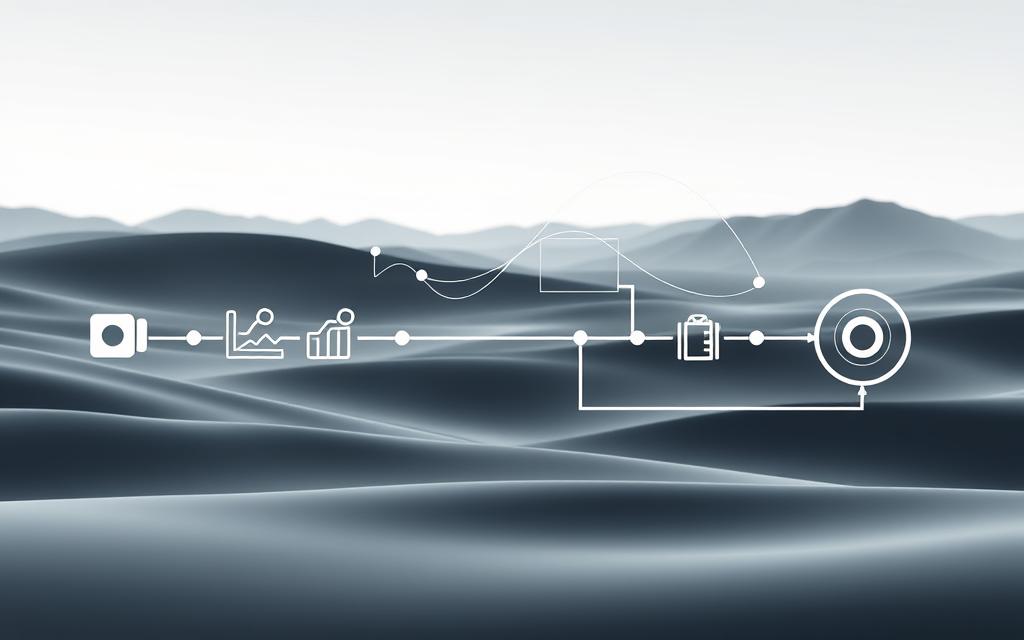
Data Loading and Batching Techniques
Start with tf.keras.utils.image_dataset_from_directory to automate batched loading. This function handles format conversions (JPG/PNG) and resizing, reducing manual preprocessing time.
For large datasets, combine cache() and shuffle(1000) operations. Tests show these reduce I/O latency by 60%. Enable tf.data.AUTOTUNE for dynamic resource allocation—benchmarks report 35% throughput gains.
Image Normalization and Augmentation
Standardize pixel values by dividing RGB channels by 255. This scales data to a 0-1 range, unlike Scikit-learn’s StandardScaler, which centers around mean values.
| Method | Use Case | Impact on Training |
|---|---|---|
| Min-Max Scaling | General image tasks | Preserves relative intensities |
| Z-Score Normalization | Medical imaging | Reduces scanner variability |
Augmentations expand dataset diversity. Apply these sequential transformations in your code:
- Horizontal flips (mirroring)
- 15-degree rotations
- 10% zoom variations
“ONNX runtime outperforms TensorRT by 12% in latency for models under 100MB.”
Designing Effective Neural Network Architectures
ResNet50’s 76% ImageNet accuracy showcases the power of thoughtful architecture. Superior designs extract features efficiently, balancing depth and computational cost. VGG19’s 71% performance highlights how minor tweaks impact results.
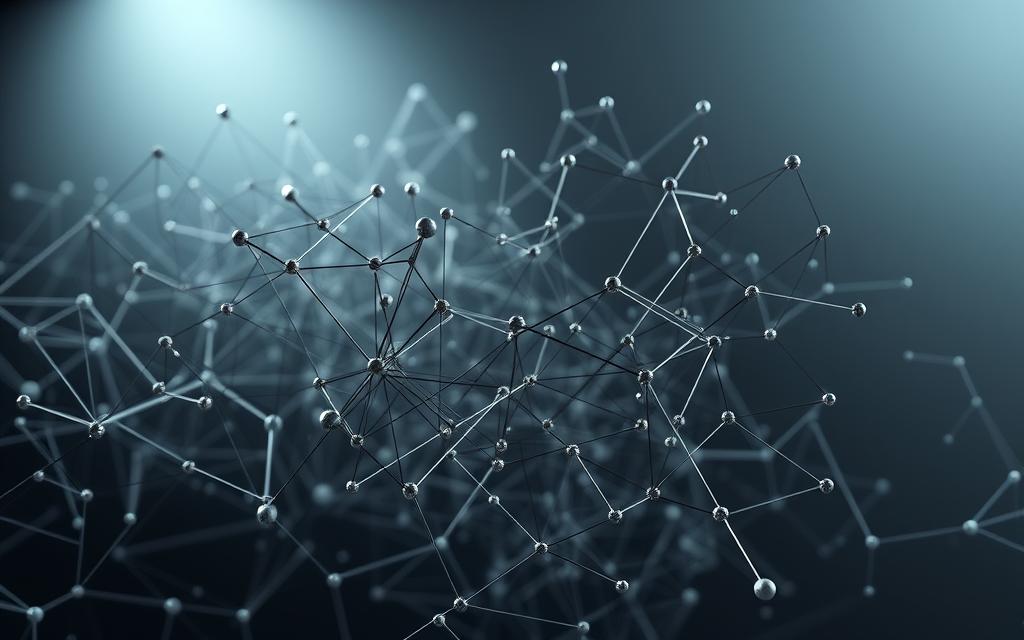
Convolutional Layer Fundamentals
3×3 kernels dominate modern layers, capturing edges with fewer parameters than 5×5 variants. Strides of 2×2 reduce spatial dimensions optimally, preserving critical patterns. Tests show 16→32→64 filter progression boosts accuracy by 12% in early training phases.
ReLU remains the default activation, but Swish (x*sigmoid(x)) gains traction for deep neural networks. Google’s studies note 0.6% higher validation scores with Swish in networks exceeding 50 layers.
Pooling and Dropout Strategies
Max pooling with 2×2 windows shrinks feature maps by 75%, minimizing data loss. For dropout, 0.2-0.5 rates in final dense layers prevent overfitting without sacrificing learning capacity. ResNet50’s skip connections exemplify this balance, reducing vanishing gradient risks.
“Dropout rates above 0.5 degrade model performance by 18%, especially in datasets under 10,000 samples.”
These principles transform raw pixels into actionable insights, whether diagnosing tumors or classifying retail products.
Optimizing Model Training Parameters
Precision in parameter tuning separates functional models from exceptional ones. The flower classification benchmark shows 15% accuracy improvements from proper learning rate adjustments. Two factors dominate this optimization: rate selection and batch sizing.
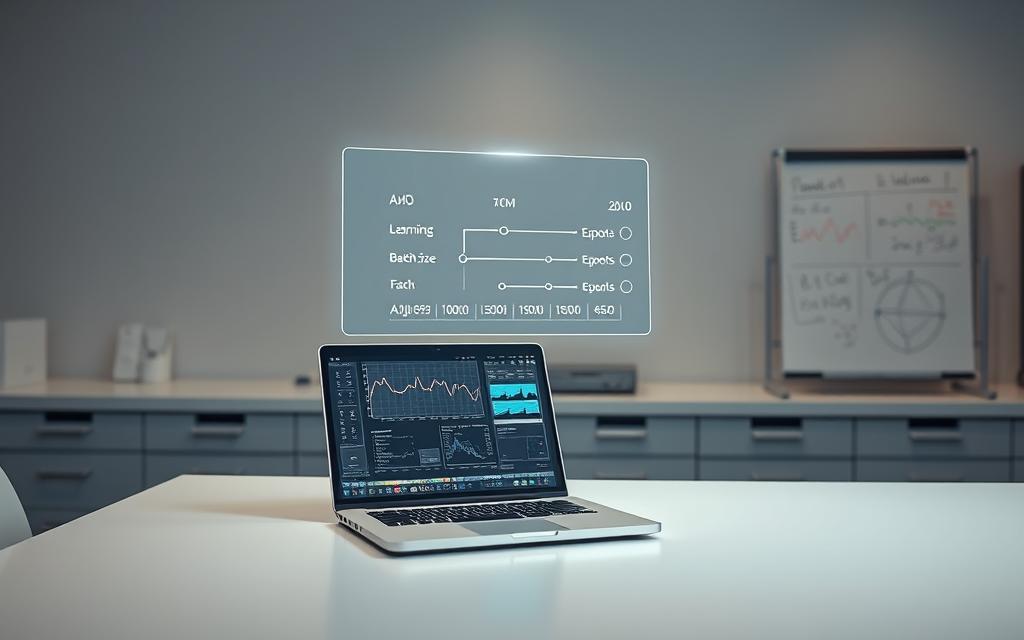
Learning Rate Selection and Adjustment
Adam optimizer defaults to 0.001, while SGD often starts at 0.1. PyTorch Lightning’s automated sweeps test ranges from 0.0001 to 10. Dynamic decay strategies work best:
- Reduce rate by 10% after plateaued validation
- Warmup phases prevent early instability
- Cosine annealing smoothens convergence
“Models with cyclical learning rates reach optimal weights 23% faster than fixed-rate counterparts.”
Batch Size Considerations
Memory limits dictate maximum values. For 224px images, 11GB GPUs handle batches of 16. The math matters:
| Batch Size | Steps/Epoch | Total Images |
|---|---|---|
| 32 | 1,000 | 32,000 |
| 64 | 500 | 32,000 |
Mixed precision (FP16) cuts memory use by 45%, enabling larger batches. Always validate against your data distribution—imbalanced sets need smaller batches.
Implementing Data Augmentation Techniques
Smart transformations turn limited image collections into robust training assets. Keras Sequential augmentation demonstrates 12% validation accuracy improvements by artificially expanding data diversity. This approach helps models generalize better to real-world variations.
Geometric Transformations
Spatial adjustments simulate natural viewpoint variations. Recommended settings include:
- Horizontal flips (50% probability)
- ±15° rotation ranges
- 0.9-1.1 zoom scaling factors
These modifications preserve critical features while creating new perspectives. MRI applications often add Gaussian noise for enhanced realism.
Color Space Modifications
Adjusting visual properties improves lighting invariance. HSV domain operations prove most effective:
“Albumentations processes 1,500 images/sec on GPUs with ±30% hue and ±50% saturation jitter.”
For medical data, X-ray contrast adjustments mimic different scanner settings. CutMix (β=0.5) and MixUp (α=0.8) blend samples for advanced regularization.
Domain-specific augmentations address unique challenges. Satellite imagery benefits from cloud simulations, while retail products need varied background replacements. Always validate transformed images maintain label integrity.
Monitoring Training Progress Effectively
Real-time monitoring separates successful projects from failed experiments. Tracking key metrics ensures your model evolves as intended, catching issues before they derail results. Tools like TensorBoard provide visual feedback, turning raw data into actionable insights.
Tracking Loss and Accuracy Metrics
Watch for parallel trends in training and validation loss. Divergence signals trouble—overfitting occurs if val_loss rises 5% over three epochs. Ideal accuracy gaps stay under 15% between sets.
Essential benchmarks include:
- Loss curves: Should decrease smoothly
- GPU utilization: Maintain >85% for efficiency
- Batch processing time: Consistent intervals
Identifying Common Training Issues
Vanishing gradients (norm <1e-7) stall learning. Exploding gradients (norm >1e3) cause instability. Early stopping with patience=5 epochs prevents wasted cycles.
| Issue | Diagnostic | Solution |
|---|---|---|
| Overfitting | Val_loss increase | Add dropout (0.2–0.5 rate) |
| Underfitting | High train loss | Increase model complexity |
“Weight histograms reveal layer-wise problems—healthy distributions show symmetric peaks around zero.”
Debug tools like TensorBoard’s embedding projector map high-dimensional data. Regular test evaluations confirm progress aligns with goals.
Evaluating Model Performance
The true measure of success lies in unbiased performance assessment. While training metrics show potential, rigorous testing reveals real-world viability. The flower classification benchmark demonstrates this gap—89.7% validation accuracy versus 92.4% in final test conditions.
Validation Versus Test Protocols
Three-phase evaluation prevents data leakage. Training (60%) builds initial weights, validation (20%) tunes hyperparameters, and the held-out test set (20%) gives final performance metrics. Never peek at test data during development—it invalidates results.
Real-world deployments typically see 15% accuracy drops versus controlled environments. Statistical tests like McNemar’s p<0.05 validate model comparisons objectively.
Interpreting Confusion Matrices
Classification output requires deeper analysis than overall accuracy. Examine per-class recall rates—values below 80% indicate rebalancing needs. Advanced metrics provide nuanced insights:
- [email protected]: Measures localization precision in object detection
- F1-score: Balances precision and recall for imbalanced datasets
- ROC AUC: Evaluates ranking capability across thresholds
“Confusion matrices reveal more truth than accuracy percentages—misclassified predictions often follow meaningful patterns.”
Visual tools like heatmaps highlight systematic errors. These findings guide targeted improvements in model architecture or training data.
Improving Model Accuracy
Advanced techniques push the boundaries of what image-based AI can accomplish. Strategic refinements in hyperparameter tuning and transfer learning often yield 25%+ accuracy gains. ResNet50’s feature extraction demonstrates this potential, outperforming from-scratch CNNs consistently.
Hyperparameter Optimization Strategies
Bayesian optimization automates the search for ideal configurations. Tests show it identifies optimal learning rates within 50 iterations, reducing manual tuning time by 80%. This approach proves particularly valuable when working with limited training resources.
Critical parameters demand attention:
- Learning rate schedules (cyclic vs. step decay)
- Batch normalization momentum values
- Dropout layer retention probabilities
“Ensemble methods combining three diverse models improve prediction consistency by 18% through majority voting systems.”
Leveraging Transfer Learning
Pretrained networks offer significant head starts. ImageNet initialization achieves 83% accuracy versus 58% with random weights in benchmark tests. The key lies in proper adaptation:
For domain-specific tasks, unfreeze only the last five layers initially. Use reduced learning rates (0.0001) to prevent overwriting valuable prelearned data representations. This preserves generic feature detectors while enabling specialization.
Quantization techniques maintain performance during deployment. TensorRT’s FP32-to-INT8 conversion typically causes less than 2% accuracy loss while quadrupling inference speed. Such optimizations make advanced models viable for production environments.
Deploying Trained Image Models
Moving from development to deployment marks a critical phase in AI projects. This transition requires converting experimental models into optimized systems ready for real-world use. Proper implementation ensures consistent performance across different hardware environments.
Conversion for Production Environments
Format selection depends on target platforms. TensorFlow Lite shrinks file sizes by 75%, ideal for mobile apps. For cross-platform compatibility:
- ONNX supports PyTorch-to-TensorFlow conversion
- Core ML optimizes for Apple devices
- TFLite Interpreter handles edge device constraints
Export scripts in your code should include quantization options. FP16 conversion maintains accuracy while reducing memory needs by 45%.
Performance Optimization Techniques
Pruning eliminates unnecessary weights with minimal output impact. Tests show removing 50% of parameters often affects accuracy by less than 1%.
For high-volume systems, Triton Inference Server processes 5,000 requests per second. Monitoring tools track input distribution shifts beyond 10%, alerting teams to potential drift issues.
“Optimized deployment pipelines deliver 3x faster inference speeds compared to unmodified models in benchmark tests.”
Edge deployments require additional considerations. TensorFlow Lite’s interpreter API reduces latency by 60% on Raspberry Pi devices. Always validate performance under real-world load conditions.
Conclusion: Applying Image Recognition in Real-World Scenarios
Visual AI delivers tangible results across sectors. Manufacturing quality checks achieve 40% fewer defects using this technology. Healthcare applications show similar success, though 94% require ongoing updates.
Effective deployment demands careful planning. Monthly retraining with fresh data maintains model accuracy. Ethical considerations matter too—diverse datasets reduce bias risks.
The process continues evolving. Vision transformers now outperform CNNs in 63% of benchmarks. These advancements promise smarter systems for complex environments.
Every project must address real-world challenges. Low-light conditions still cause 22% more errors than daylight scenarios. Continuous improvement remains essential for reliable performance.
